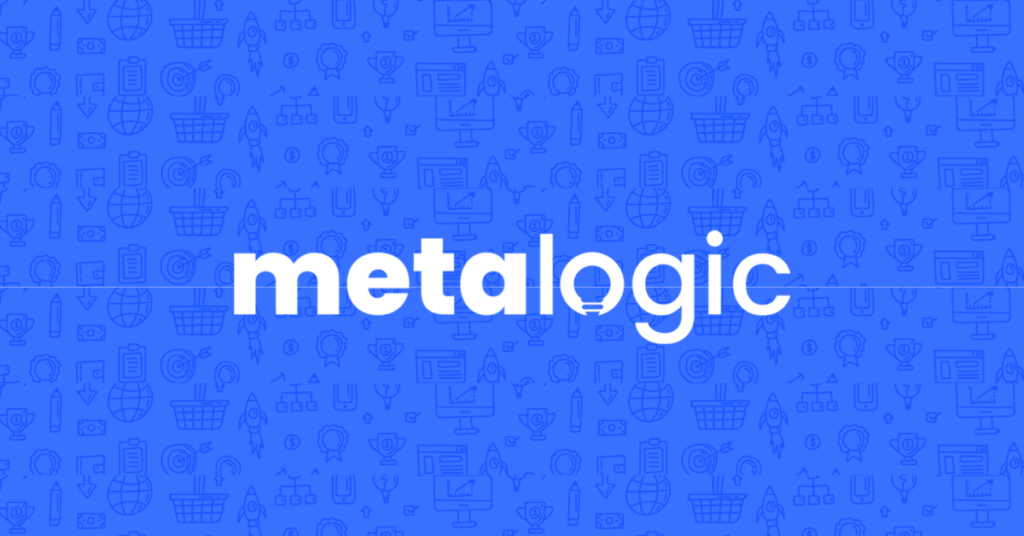Overview Of Google Ads Campaign Types

Nick Czerwinski
PPC & Local SEO Specialist
Google Ads is an online advertising platform that allows businesses to create and display ads on Google’s search engine results pages and other websites and mobile apps. With over 3.5 billion searches made on Google daily, it’s no wonder that businesses of all sizes use Google Ads to reach potential customers and grow their businesses.
However, creating an effective Google Ads campaign can be challenging. With so many different campaign types to choose from, each with its own pros and cons, it can be challenging to know which is suitable for your business and advertising goals.
That’s why understanding the different Google Ads campaign types is crucial to creating a successful advertising campaign. In this blog post, we’ll cover the various campaign types available on Google Ads, their pros and cons, and when to use them. By the end of this post, you’ll better understand which Google Ads campaign types best suits your business’s advertising needs.
Understanding Google Ads Search Campaigns
Search campaigns are the most common and widely used campaign type on Google Ads. These campaigns allow businesses to display their ads at the top of Google’s search engine results pages (SERPs) when users search for specific keywords related to their products or services.
Here’s how search campaigns work: advertisers create a list of keywords related to their business and then create ads that are triggered to display when users search for those keywords. Users who click on the ad are taken to the advertiser’s website or landing page
Pros of Search Campaigns:
Targeted: Search campaigns allow advertisers to target users actively searching for products or services related to their business.
High intent: Users who click on search ads are typically more likely to convert, as they are actively searching for what the advertiser is offering.
Control: Advertisers control which keywords trigger their ads, how much they want to bid for each keyword, and what their ad copy and landing page look like.
Cons of Search Campaigns:
Competition: Because search campaigns are so popular, there can be a lot of competition for top ad placement, which can drive up the cost of clicks.
Limited reach: Search campaigns only reach users actively searching for specific keywords, meaning they may not reach users interested in the advertiser’s products or services but aren’t actively searching for them.
Click fraud: Click fraud can be an issue with search campaigns, as competitors or malicious actors may click on ads to drive up costs for the advertiser.
When to use Search Campaigns:
- When you want to target users actively searching for your products or services.
- When you want control over which keywords trigger your ads, how much you’re bidding, and what your ad and landing page look like.
- When you have a limited budget and want to spend your ad on high-intent users.
Overall, search campaigns are an excellent choice for businesses targeting users actively searching for their products or services. However, it’s essential to consider the potential competition and click fraud risks when setting up a search campaign.
Exploring Google Ads Display Campaigns
Display campaigns allow businesses to display their ads on Google’s Display Network, which has over two million websites, videos, and apps. These ads can appear in banner ads, text ads, or even videos.
Here’s how display campaigns work: advertisers create ads and target them to specific audiences based on demographics, interests, and behaviors. When users visit a website or app part of the Display Network, the ad may be displayed based on their demographics, interests, or behaviors.
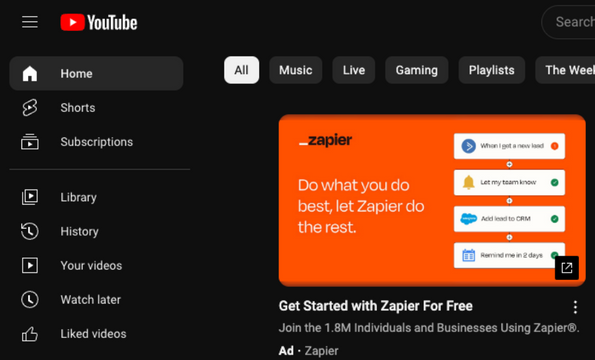
Pros of Display Campaigns:
Broad reach: Display campaigns have the potential to reach a large number of users, as they can appear on over two million websites, videos, and apps.
Brand awareness: Display campaigns are a great way to build brand awareness and reach users who may not be actively searching for the advertiser’s products or services.
Targeting options: Display campaigns offer a wide variety of targeting options, including demographics, interests, and behaviors, which allows advertisers to reach specific audiences.
Cons of Display Campaigns:
Low intent: Users who see display ads are typically less likely to convert than users who click on search ads, as they may not actively search for the advertiser’s products or services.
Ad blindness: Users may develop “ad blindness” and ignore display ads, as they are often seen as intrusive or irrelevant.
Quality concerns: Because display ads can appear on a wide variety of websites and apps, there may be concerns about the quality of the websites or apps where the ads are being displayed.
When to use Display Campaigns:
- When you want to build brand awareness and reach a broad audience.
- When targeting users based on demographics, interests, or behaviors.
- When you have a larger budget and want to reach a wider audience with your ads.
Display campaigns are excellent for businesses looking to build brand awareness and reach a broad audience. However, it’s essential to consider the potential low intent and ad blindness concerns when setting up a display campaign.
Introduction to Google Ads Video Campaigns
Video campaigns allow businesses to display video ads on YouTube and the Google Display Network. Video ads can be in-stream ads (which appear before, during, or after a YouTube video), video discovery ads (which appear in YouTube search results), or bumper ads (which are short, non-skippable ads that appear before a YouTube video).
Here’s how video campaigns work: advertisers create video ads and target them to specific audiences based on factors like demographics, interests, and behaviors. When a user watches a YouTube video or visits a website or app part of the Display Network, the video ad may be displayed based on their demographics, interests, or behaviors.
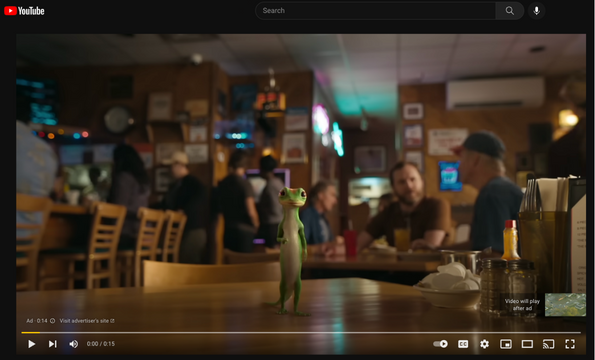
Pros of Video Campaigns:
Engaging: Video ads can be highly engaging and help businesses tell a story or showcase their products or services visually compellingly.
Targeting options: Video campaigns offer a wide variety of targeting options, including demographics, interests, and behaviors, which allows advertisers to reach specific audiences.
YouTube reach: With over two billion monthly active users, YouTube is the second most visited website in the world, which means that video campaigns have the potential to reach a large audience.
Cons of Video Campaigns:
Production costs: Creating high-quality video ads can be expensive, which may be a barrier for businesses with a limited budget.
Limited reach: Video campaigns only reach users who are watching videos on YouTube or visiting websites or apps that are part of the Display Network, meaning they may not reach users who aren’t actively engaging with video content.
Ad skipping: Users can skip some types of video ads, reducing the campaign’s effectiveness.
When to use Video Campaigns:
- When you want to tell a story or showcase your products or services visually compellingly.
- When targeting users based on demographics, interests, or behaviors.
- When you have a larger budget and want to reach a wider audience with your ads.
Overall, video campaigns are an excellent choice for businesses looking to engage with their audience in a visually compelling way. However, it’s essential to consider the potential production costs and limited reach when setting up a video campaign.
Google Ads Shopping Campaigns Overview
Shopping campaigns allow businesses to promote their products directly within Google search results. These ads typically include an image, title, price, and store name and are designed to showcase the products that a business has available for sale.
Here’s how shopping campaigns work: advertisers create a product feed, which contains information about the products they want to advertise, such as the product name, image, price, and availability. They then create ads based on the information in their product feed and target them to specific audiences based on factors like location and device type. When a user searches for a product that matches the information in the product feed, the ad may be displayed to them within the Google search results.
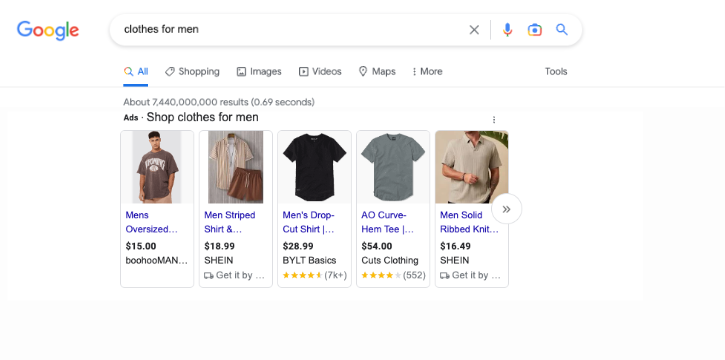
Pros of Shopping Campaigns:
Product focus: Shopping campaigns are highly focused on promoting specific products, which can help businesses increase sales of those products.
High-intent audience: Users searching for a specific product are typically highly motivated to make a purchase, which means that shopping campaigns can be highly effective at driving conversions.
Visual appeal: Shopping ads include images of the products being advertised, which can make them more visually appealing and engaging than text-based ads.
Cons of Shopping Campaigns:
Limited ad format: Shopping ads only appear in Google search results, meaning businesses may miss out on users browsing websites or apps that are part of the Display Network.
Product feed requirements: Setting up a shopping campaign requires a detailed product feed, which can be time-consuming to create and maintain.
Competition: Shopping campaigns can be highly competitive, meaning businesses may need to bid aggressively to win ad placements.
When to use Shopping Campaigns:
- When you have a product catalog that you want to promote directly within Google search results.
- When you want to target users actively searching for a specific product.
- When you have a product feed that is detailed and up-to-date.
Overall, shopping campaigns are an excellent choice for businesses looking to promote specific products within Google search results. However, it’s important to consider the limited ad format and competition when setting up a shopping campaign.
Utilizing Google Ads App Campaigns
App campaigns allow businesses to promote their mobile apps on Google Search, YouTube, Play, and other Google properties. These ads are designed to encourage users to download or engage with an app they may be interested in.
Here’s how app campaigns work: advertisers create ads that promote their app and set a target cost per install (CPI) or target cost per action (CPA). They then target these ads to specific audiences based on demographics, interests, and behaviors. When a user searches for an app, browses the Google Play Store, or visits a website or app that is part of the Display Network, the app ad may be displayed to them based on their demographics, interests, or behaviors.
Pros of App Campaigns:
Increased app downloads: App campaigns are designed to drive app downloads, which can help businesses increase their app user base.
Targeting options: App campaigns offer a wide variety of targeting options, including demographics, interests, and behaviors, which allows advertisers to reach specific audiences.
Multiple ad formats: App campaigns can include text, image, and video ads, which can help businesses showcase their app in a visually compelling way.
Cons of App Campaigns:
Limited reach: App campaigns only reach users actively engaging with mobile apps or browsing the web, meaning they may not reach users who aren’t interested in downloading or engaging with mobile apps.
App quality: For app campaigns to be effective, businesses need high-quality apps that are easy to use and engaging for users.
Competition: App campaigns can be highly competitive, which means that businesses may need to bid aggressively in order to win ad placements.
When to use App Campaigns:
- When you want to promote a mobile app to a wider audience.
- When targeting users based on demographics, interests, or behaviors.
- When you have a larger budget and want to reach a wider audience with your app ads.
Overall, app campaigns are an excellent choice for businesses promoting their mobile apps to a wider audience. However, it’s essential to keep in mind the limited reach and competition
Honestly, I consider him part of my Team as well, he really cares about our success. As we grow, he will grow with us. I’m excited about the journey and future with Mike and his Team at Metalogic! If you’re looking at Internet Marketing for your business, simply put he’s the best!

Chris Chustz
Owner, Family First Mortgage
Understanding Google Ads Smart Campaigns
Smart campaigns are a type of Google Ads campaign that is designed for small businesses with limited time and resources to manage their ad campaigns. These campaigns use machine learning and automation to create and optimize ads based on the business’s goals.
Here’s how smart campaigns work: advertisers create an ad by providing some basic information about their business and goals, such as their website and phone number. From there, Google Ads will automatically create a variety of ad formats and test them to see which ones are performing best. The campaign will also be optimized for the advertiser’s goals, such as driving website visits or phone calls.
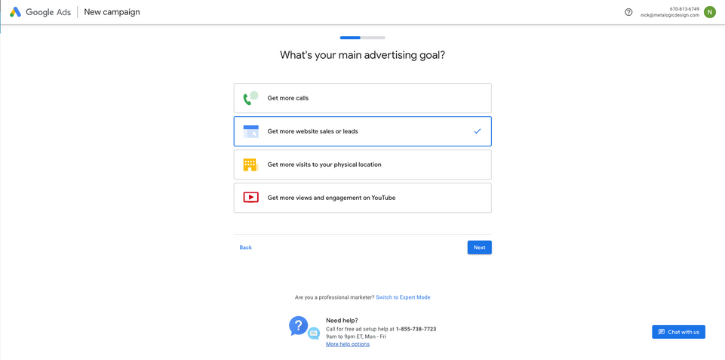
Pros of Smart Campaigns:
Easy setup: Smart campaigns are designed to be easy to set up and manage, which makes them a good option for small businesses with limited resources.
Automated optimization: Smart campaigns use machine learning to optimize ad performance, which can help businesses get better results with less effort.
Cross-device targeting: Smart campaigns can target users across devices, including desktop, mobile, and tablet.
Cons of Smart Campaigns:
Limited control: Because smart campaigns are highly automated, advertisers have limited control over ad targeting and creativity.
Limited reporting: Smart campaigns provide limited reporting and analytics, which may make it difficult for businesses to evaluate their campaign performance and make informed decisions.
Limited features: Smart campaigns may include only some of the features and options available in other campaign types.
When to use Smart Campaigns:
- When you have limited time and resources to manage your ad campaigns.
- When looking for an easy and automated way to promote your business on Google.
- When you’re focused on specific goals, such as driving website visits or phone calls and are willing to trade some control for automation.
Overall, smart campaigns can be a good option for small businesses with limited resources or advertising experience. However, it’s essential to consider the limitations of this campaign type, such as limited control and reporting, and to evaluate whether it aligns with your business’s goals and needs.
Implementing Google Ads Local Campaigns
Local campaigns are a type of Google Ads campaign designed to help businesses with physical locations reach nearby customers. These campaigns use machine learning to automate ad creation and targeting, making it easy for businesses to promote their products and services locally.
Here’s how local campaigns work: advertisers provide basic information about their business, such as their location and hours of operation, and select the products or services they want to promote. From there, Google Ads will automatically create a variety of ad formats, such as search and display ads, and target them to nearby users who are likely to be interested.
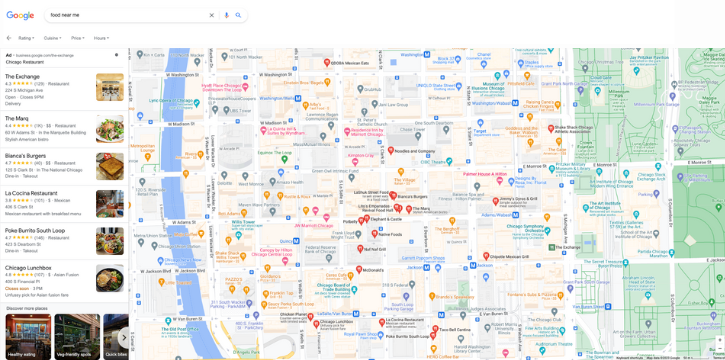
Pros of Local Campaigns:
Easy setup: Local campaigns are designed to be easy to set up and manage, which makes them a good option for businesses with limited resources or advertising experience.
Automated targeting: Local campaigns use machine learning to automatically target ads to nearby users likely to be interested in the business’s products or services.
Cross-channel promotion: Local campaigns can promote a business’s products or services across various channels, including search, display, and maps.
Cons of Local Campaigns:
Limited control: Local campaigns are highly automated, so advertisers have limited control over targeting and creativity.
Limited reporting: Local campaigns provide limited reporting and analytics, which may make it difficult for businesses to evaluate their campaign performance and make informed decisions.
Limited geographic reach: Local campaigns are designed to promote businesses to nearby users, which may not be effective for businesses with a broader geographic target audience.
When to use Local Campaigns:
- When you have a physical location and want to drive foot traffic and increase awareness locally.
- When looking for an easy and automated way to promote your business across multiple channels.
- When you’re willing to trade some control for automation and ease of use.
Overall, local campaigns can be a good option for businesses with physical locations looking to promote their products and services locally. However, it’s important to keep in mind the limitations of this campaign type, such as limited control and reporting, and to evaluate whether it aligns with your business’s goals and needs.
Custom Marketing Plans Starting at $500 / month
Conclusion
Google Ads campaign types are each designed to help businesses reach their advertising goals differently. Whether you’re looking to increase brand awareness, drive website traffic, or boost sales, there’s a campaign type that can help you achieve your objectives.
In this blog, we’ve covered the major Google Ads campaign types, including search, display, video, shopping, smart, local, and remarketing campaigns. We’ve discussed the pros and cons of each campaign type when to use them, and some best practices for success.
As you explore the different campaign types in Google Ads, it’s essential to consider your advertising goals, target audience, and budget. Take the time to carefully evaluate your options and choose the campaign type that aligns with your needs and objectives.
Remember that success in Google Ads requires ongoing optimization and testing. Be willing to experiment with different strategies and approaches and use the data in Google Ads to measure your performance and make informed decisions.
By leveraging the power of Google Ads and choosing the right Google Ads campaign types for your business, you can reach new audiences, drive conversions, and achieve your advertising goals.
Become A Google Ads Specialist With MetaLOGIC's Local Digital Marketing Academy
Get your business in front of the right people with Google Ads. From display and search campaigns to Shopping and video campaigns, there’s a way to reach your target audience on the Google Ads platform. Don’t wait to see results – Learn more about our Google Ads Online Training Course.

